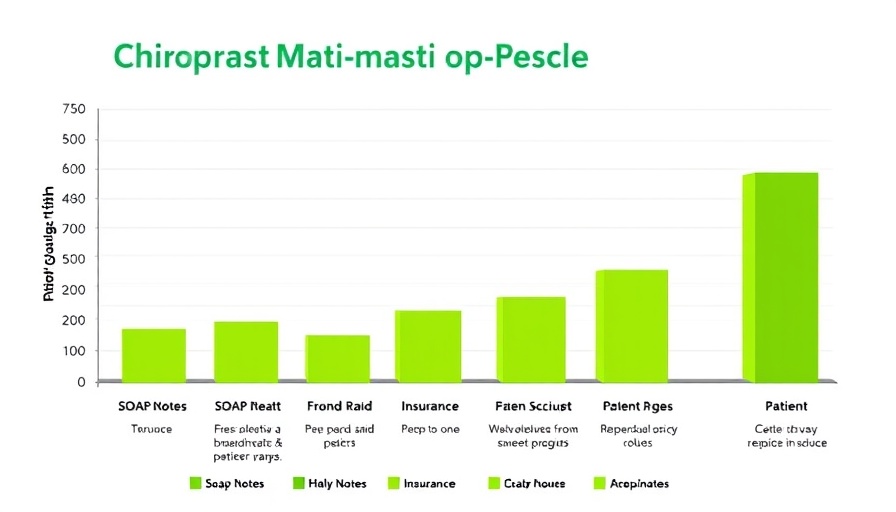
Reclaiming Time: Solutions for Chiropractors' Documentation Woes
Documentation fatigue is a universal issue faced by chiropractors. A significant portion of the workday—around 25%—is consumed by creating SOAP notes. While thorough documentation is crucial for patient care and reimbursement, it has become a major source of frustration, often distracting chiropractors from their primary role: patient care.
Strategies to Streamline SOAP Notes
To combat this challenge, we've identified four powerful tools that can help practitioners cut their documentation time in half, ensuring they spend more time focusing on their patients rather than paperwork. One potent solution is leveraging text expanders and macros. These tools allow chiropractors to insert commonly used phrases or entire paragraphs with just a few keystrokes, dramatically shortening the time spent on repetitive tasks.
For instance, using text expanders like Raycast or Alfred means practitioners can automate routine phrases, such as explanations of treatment protocols or patient instructions. Similarly, macros can streamline the note-taking process within specific software, making it easier to generate reports without repetitive typing.
The Benefits of Technological Integration
By integrating these technologies, not only can chiropractors reduce the time spent on documentation, but they can also enhance consistency and accuracy in their records. This ensures better communication and follow-up with patients and allows for more time spent on personal interaction and patient engagement. Thus, embracing innovation not only streamlines workflows but also enhances overall patient care.
Join the Movement Towards Efficient Documentation
If you're among the many practitioners feeling overwhelmed by documentation duties, consider implementing these tools in your practice. Not only will it free up your schedule, but it will also deliver a higher quality of care to your patients. Explore these options today and elevate both your practice and patient experience!
 Add Row
Add Row  Add
Add 




Write A Comment